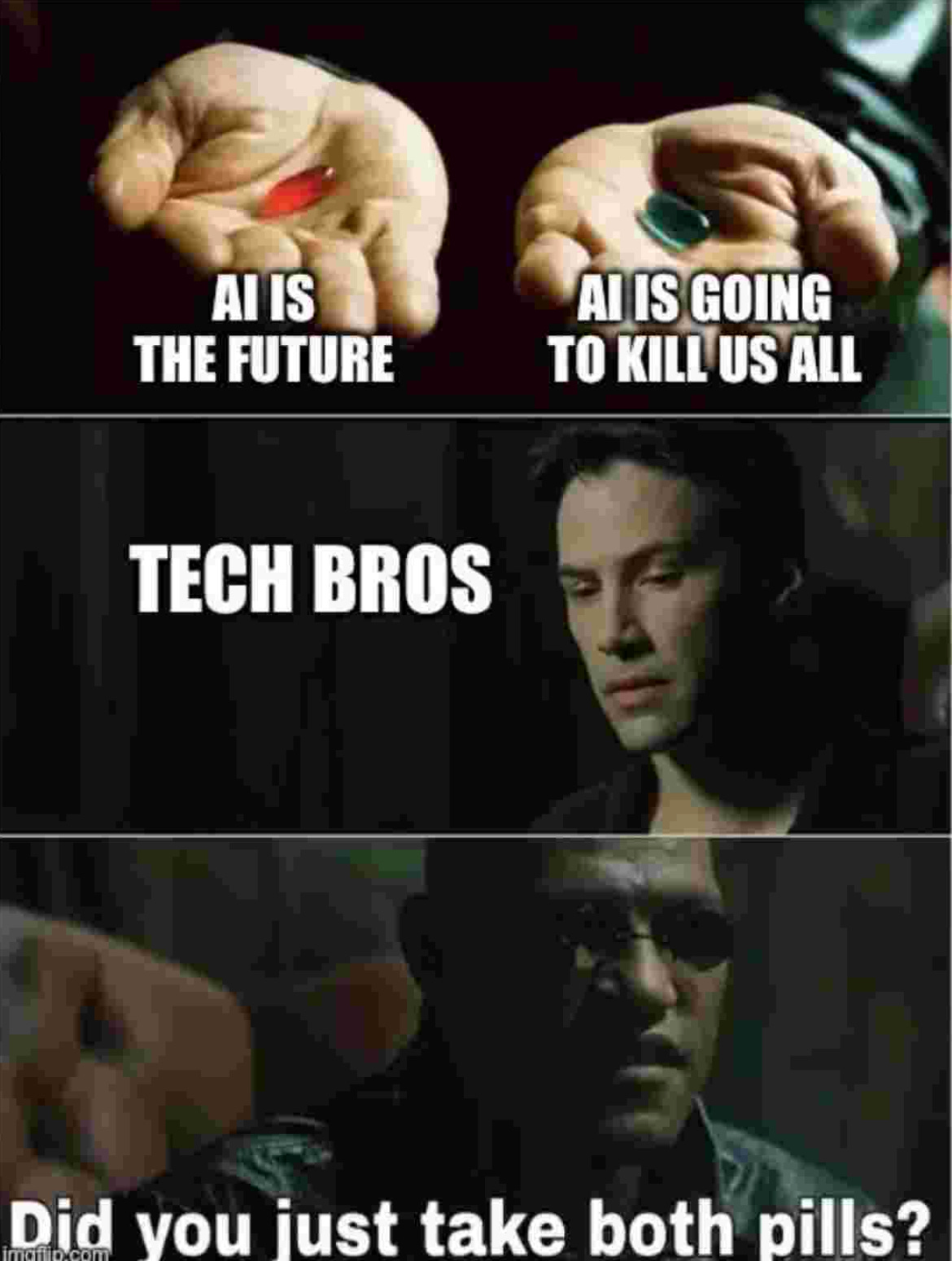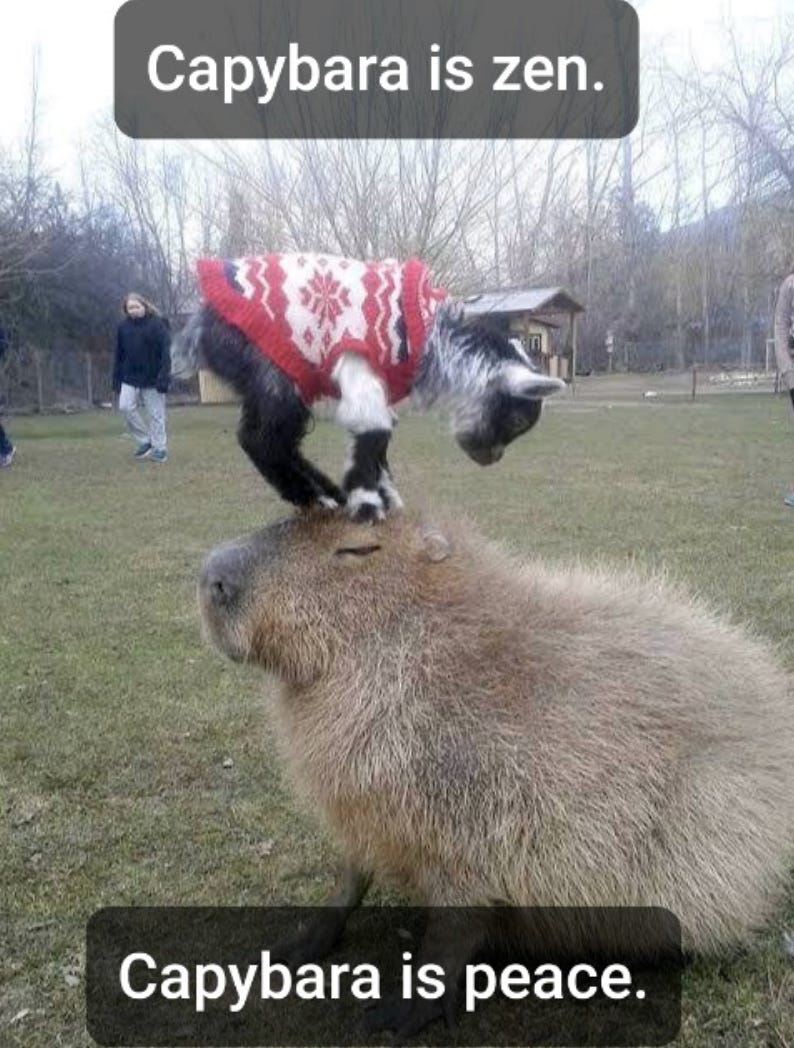Inspired by Elena Verna's "The Rise of the AI-Native Employee"
Last week I shared with you how I use AI as a Senior Localization Product Manager. And then, a week ago, I was catching up on my saved Substack reads and I read a post by Elena Verna that I haven’t been able to stop thinking about. It’s titled "The Rise of the AI-Native Employee", and her central argument is this: using AI occasionally or tactically isn’t enough anymore. The future belongs to the AI-native. These are employees who don't just use AI but work through it as their default mode of operating.
FYI: You can work with AI and not be one of those tech bros
This idea of an AI-native employee resonated with me not only as a product manager, but as someone who has spent the better part of a decade advocating for localization, tooling, and global-first thinking in environments where technical roadmaps and global customer needs often collide. For those of us working in localization, especially on the product or operations side, the idea of becoming “AI-native” presents both a challenge and an opportunity.
Localization professionals are often the glue that holds distributed workflows together. We chase context, manage ambiguity, build trust with vendors and teams, and juggle process debt while navigating a wide range of tools that often weren’t designed with global needs in mind. It's precisely this complexity that makes AI so powerful for our field.
But only if we’re willing to change how we work.
One of the many moments where I saw what AI could be for my workflows
At the start of this year, I was rebuilding a localization request intake system. It was a massive effort. I had to pull together context from seven different tools, meet with engineering partners in multiple time zones, and explain the same vision to multiple stakeholder groups who were all, understandably, focused on their own local concerns.
In the middle of it, I found myself manually rewriting the same internal pitch slides over and over, customizing them for each audience. It was tedious and slow. On a whim, I prompted GPT-4 to help: "Rewrite this proposal for a skeptical engineering audience. Emphasize efficiency, not inclusivity." It took 10 seconds. The result was 90% usable.
That was one of many lightbulb moments. I realized I had been treating AI as a sidekick for small tasks, or writing long documents, instead of seeing it as an extension of how I think, write, test, and communicate. Since then, I’ve started prototyping workflows with AI, writing requirements with AI, and even coaching myself through difficult strategy decisions with the help of AI. The time savings are real. But more importantly, I’m moving faster, and more independently.
So what does it mean to be AI-native in localization? And what could it look like if more of us embraced this way of working?
What AI-Native Really Means
In Elena’s framework, AI-native employees don’t wait for permission to experiment. They use AI to accelerate action, own end-to-end execution, and fail fast in pursuit of better outcomes. They treat AI as a co-worker, not a tool to deploy occasionally.
This shift in behavior isn’t just about automation. It’s about operating differently. And when applied to localization, it has the power to transform how we design and deliver global experiences.
Below are some starting points for what this could look like in the roles that make localization happen every day.
Note: I’m including beginner, intermediate and advanced options per role to meet you where you are in your AI upskilling journey!
What AI-Native Localization Can Look Like
Before we dive in I want to remind you to adjust your framing of this….the fact is, you are here, reading this article, because you are making time to learn. And that’s awesome. You are shifting your mindset from someone who maybe has said “I’m not technical” to someone who is GROWING their technical skills. You are investing in your future self and you are opening yourself up to change and being a newbie at something. So, as we dive into how you can invest into an “AI-native” shift, don’t beat yourself over the head if your body has an immediate fear response to learning AI. This is normal, but don’t let it stop you. Read the article, set aside time to try one of these challenges, it won’t be perfect and that’s ok. It’s a start! You might absorb a portion of learning. You might be like “I sort of think this worked?” and then you come back and try again the next day. That’s the start of any learning journey, please don’t think you need to understand everything all at once!
Channel this guy ;)
Ok, *whew* now, let’s take a look:
Localization Project Managers
Traditional role: Timeline management, handoffs, checklists, and vendor coordination
AI-native shift:
Beginner: Use GPT to draft communication templates for stakeholder updates or escalations
Intermediate: Build a project tracker that auto-summarizes status from JIRA or Google Sheets
Advanced: Set up a custom AI agent to monitor project metadata (due dates, file status, handoff blockers) and proactively message teams when delays or inconsistencies arise
Bonus Advanced:
Design a Slack bot or Teams integration that pulls project updates from multiple tools (JIRA, TMS, Google Sheets) and answers real-time questions like “Which files are ready for review?” or “What’s the latest ETA for Spanish?”
Keep reading with a 7-day free trial
Subscribe to Hilary Atkisson Normanha to keep reading this post and get 7 days of free access to the full post archives.



